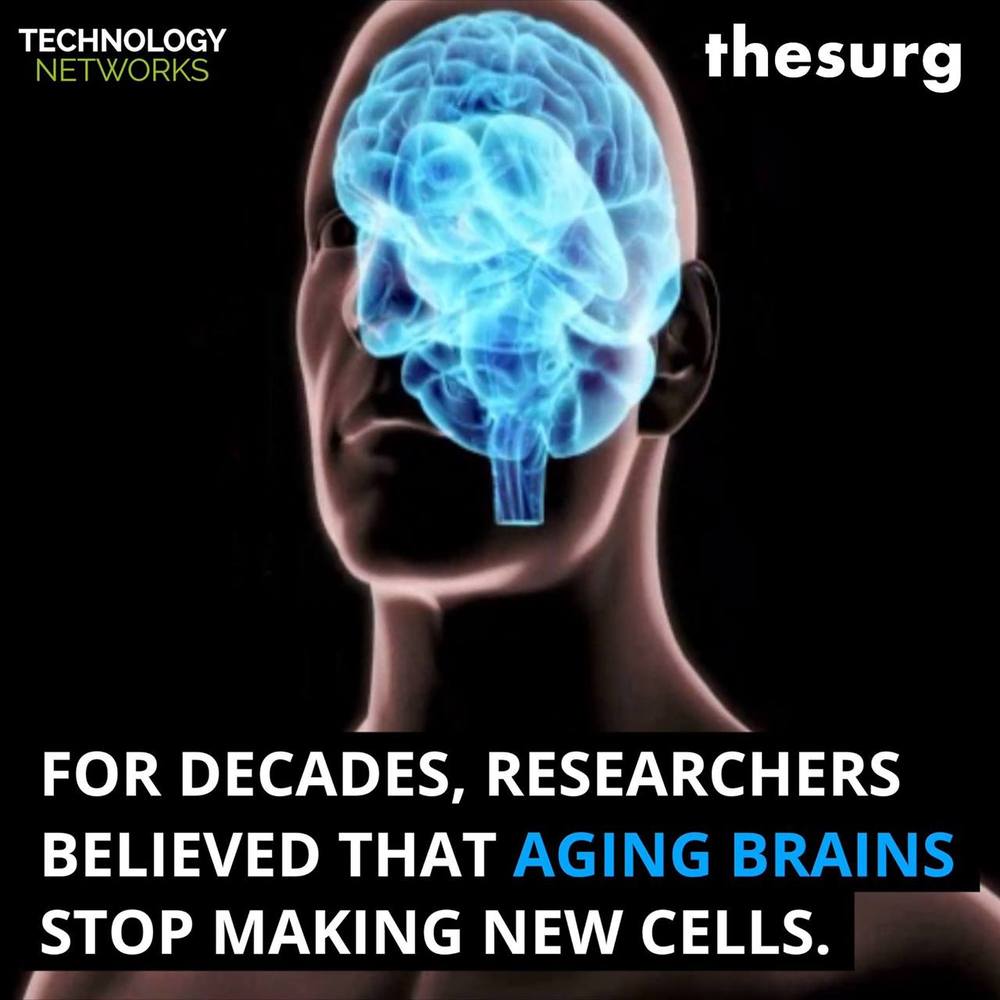Apr 20, 2019
Light sails and stingray airships to explore space
Posted by Genevieve Klien in categories: innovation, space
NASA has announced the 18 projects awarded funding in its NASA Innovative Advanced Concepts (NIAC) programme.
NASA has announced the 18 projects awarded funding in its NASA Innovative Advanced Concepts (NIAC) programme.
Almost one in ten heart attacks and strokes could be avoided if check-ups were targeted at high risk patients, new research has revealed.
People aged 40 and over in England and Wales are currently eligible to have their heart health assessed every five years.
Blood pressure, cholesterol, blood-sugar levels, smoker status, age and family history are factors considered by doctors when working out a person’s chance of having a heart attack or stroke.
Seven months later, following stringent monitoring of signs of immunorejection, the team transplanted a fertilized embryo engineered with IVF into the donor uterus. By 35 weeks, the baby was delivered without complications through a C-section.
The woman was a lucky case. Others who underwent the same procedure experienced immunorejection that prevented them from keeping the womb. The team actually removed the transplanted womb following the successful childbirth, citing that they wanted to currently focus on giving infertile women their first child.
These are still early days for uterine transplants—dead or alive—but the proof-of-concept shows that women who had to previously rely on surrogates may have an alternative way. The team is looking to further refine the protocol, for example, for how much immunosuppressant to give and harvesting the organ as early as possible, to potentially increase success rates.
The work also raises a host of ethical issues. There was no evidence of any global electrical activity — the kind of higher-order brain functioning associated with consciousness. Nor was there any sign of the capacity to perceive the environment and experience sensations. Even so, because of the possibilities it opens up, the BrainEx study highlights potential limitations in the current regulations for animals used in research.
Researchers need guidance on animal use and the many issues opened up by a new study on whole-brain restoration, argue Nita A. Farahany, Henry T. Greely and Charles M. Giattino. Researchers need guidance on animal use and the many issues opened up by a new study on whole-brain restoration, argue Nita A. Farahany, Henry T. Greely and Charles M. Giattino.
The field of robotics is going through a renaissance thanks to advances in machine learning and sensor technology. Each generation of robot is engineered with greater mechanical complexity and smarter operating software than the last. But what if, instead of painstakingly designing and engineering a robot, you could just tear open a packet of primordial soup, toss it in the microwave on high for two minutes, and then grow your own ‘lifelike’ robot?
If you’re a Cornell research team, you’d grow a bunch and make them race.
The idea is to give craftspeople the tools they need to incorporate digital services to the items they’re already making. Poupyrev made it clear that he doesn’t want fundamentally change tried and tested items, like a jacket, into a computer first, and an article of clothing second. He wants to imbue everyday items with digital functionality.
In its final form, Poupyrev envisions clothing, furniture, and accessories that are all connected to the cloud, each providing their own, specialized functionality. Users will interact with screens using their sleeves and pause their music by tapping their glasses. Step trackers will live in our shoes, translators will live in our ears, and medicinal nano-robots could be injected into our blood streams. The very notion of a computer will radically change as little computers get placed into everything.
“This could allow makers to image and create a new world where things are connected and we don’t need keyboards, screens, or mice to interact with computers,” he said. “I’ve been working on this for 20 years and as it’s taken shape I’m realizing that we’re not building an interface. We’re building a a new kind of computer, an invisible computer.”
Continue reading “This Tic-Tac-Sized Computer Can Turn Almost Anything Into a Smart Device” »

Older people can still grow new brain cells like young people, new study shows. Reference: http://
Older people can still grow new brain cells like young people, new study shows. Reference: surg.ws/2GYVXOU
Video by The Surg in association with Technology Networks.
The brains of decapitated pigs can be partially revived several hours after the animal has died, researchers have revealed, with some of the functions of cells booted back up when an oxygen-rich fluid is circulated through the organ.
The scientists stress that the brains do not show any signs of consciousness – for example, there was no sign that different parts of the brain were sending signals to each other – and that it does not change the definition of death.
But they say they have found a way to prevent brain cells from sustaining irreparable damage as blood stops circulating, and even to restore some of the cells’ functions.
Continue reading “Researchers ‘reboot’ pig brains hours after animals died” »

There’s something about the meandering streak of lightning that implies random chaos. Yet bolts from the blue not only hit the same places with regularity, but successive discharges often reuse the exact same channel.
It’s never been entirely clear how the path laid down by one bolt sticks around for repeat performances, but new research has discovered lingering pockets of charge in the wake of a single lightning strike, which could provide a map for more to follow.
Continue reading “Lightning Totally Does Strike Twice, And Now Scientists Know Why” »